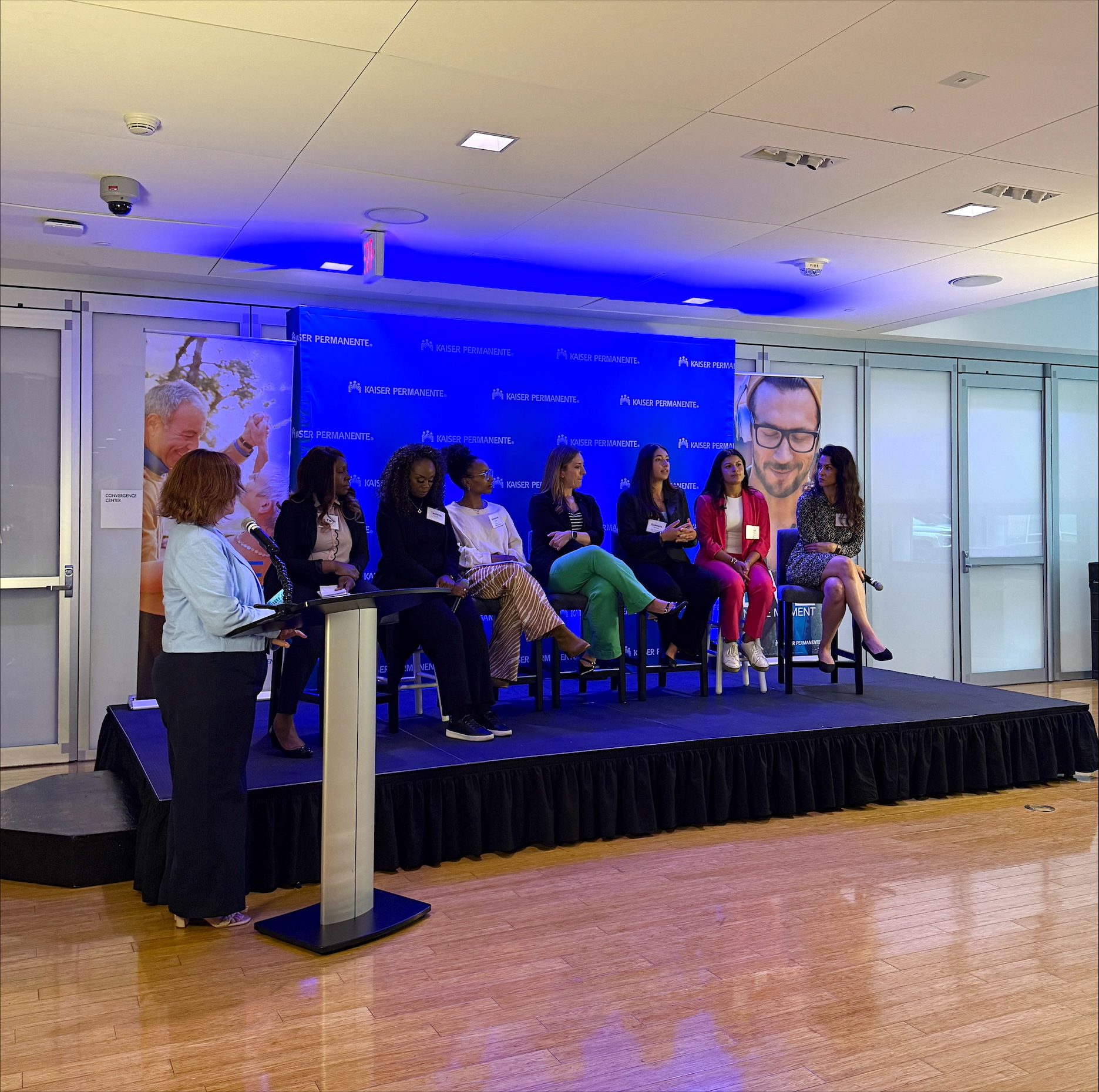September 2024 Summit Update: The U.S. Department of Education has launched an Attendance Champions Challenge to increase student attendance and support engagement so students & families feel connected to their school community. The challenge is aimed at schools, 501(c)(3) community organizations, and young people 13 to 19 years of age who are interested in identifying barriers to school attendance and engagement, as well as proposing creative solutions that build on evidence-based strategies. The Champions Challenge closes on November 30, 2024.
On May 15, the White House hosted the Every Day Counts Summit, focused on addressing chronic absenteeism and increasing student engagement. I was lucky to be in the room, joining leaders from around the country to talk about an issue that affects all of us.
Nearly 30 percent of students across the country were chronically absent during the 2021 – 2022 school year. That means more than 14 million children missed more than 10 percent of their school days.
Why does that matter? A student who is chronically absent for any year between eighth and twelfth grade is over 7 times more likely to drop out. By high school, attendance is a better dropout indicator than test scores. Speaking of test scores, absenteeism can account for up to 27 percent of the post-pandemic declines in math test scores and up to 45 percent decline in reading scores.
As an initiative of one of America’s leading health care systems, Thriving Schools’ mission is to strengthen the health and well-being of school communities across the country, so every school succeeds, every employee excels, and every child thrives.
Our work is driven by the belief that physical, mental and social health issues are playing a key role in driving the continued high levels of chronic absenteeism. Health and attendance have always been inextricably linked and it has only become more so as a result of the pandemic.
We know attendance drives both health and education outcomes, which positions this issue at the intersection of our work. And because we are focused on the entire school community, we don’t stop at student outcomes. Staff attendance is also strongly linked to student attendance and achievement.
A key driver of our strategy is advancing practices in schools that address the health-related causes of student and staff absenteeism. We work with colleagues within the Kaiser Permanente system, as well as with national partners like Attendance Works, to develop tools and resources districts, schools, and educators can use to promote student and staff well-being and increase attendance.
We’re working hard to ensure health systems are equipped to address the connection between health and attendance. For example, we know health care providers can be key messengers in communicating with families about the importance of attendance. And that some schools connect with community partners who can provide referrals to help meet students’ individual dental, vision, hearing, and other medical needs.
We know this work can’t be done alone. It will take all of us, from the White House briefing room to the exam room to the classroom. But in the end, supporting student (and staff) attendance improves more than just academic achievements, it supports long-term positive life outcomes.




